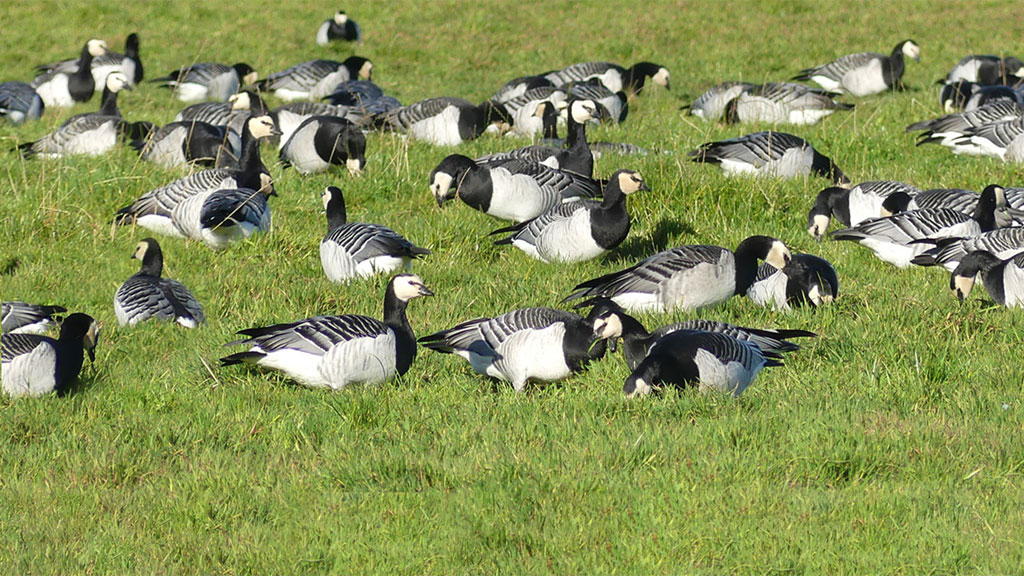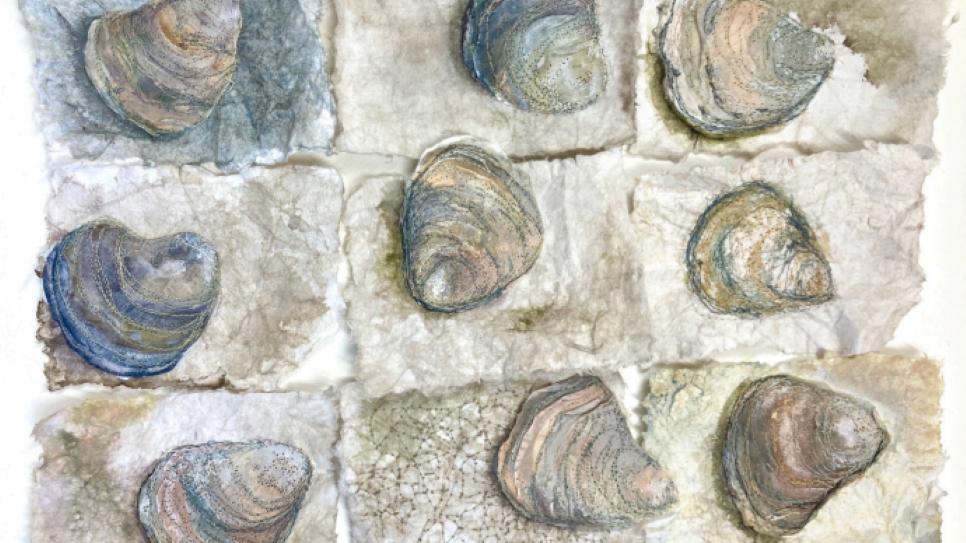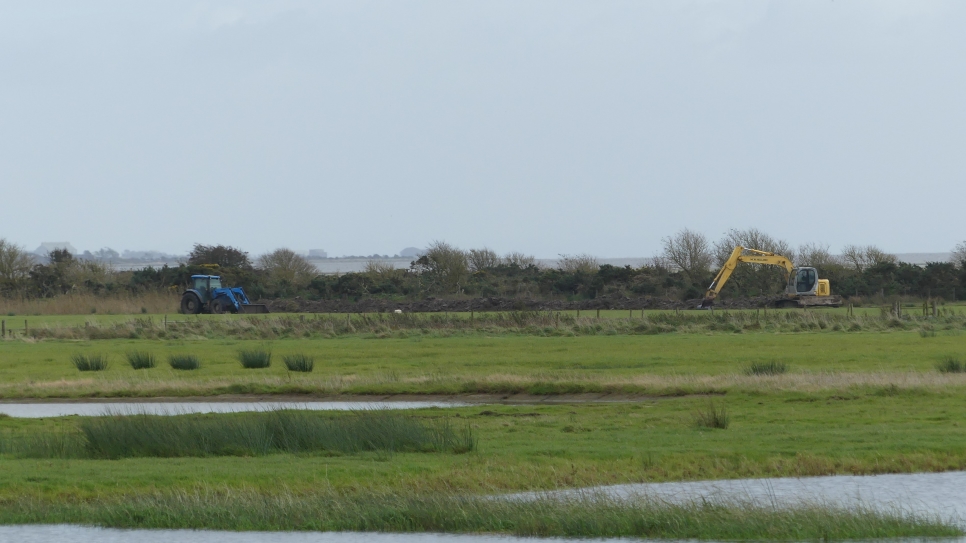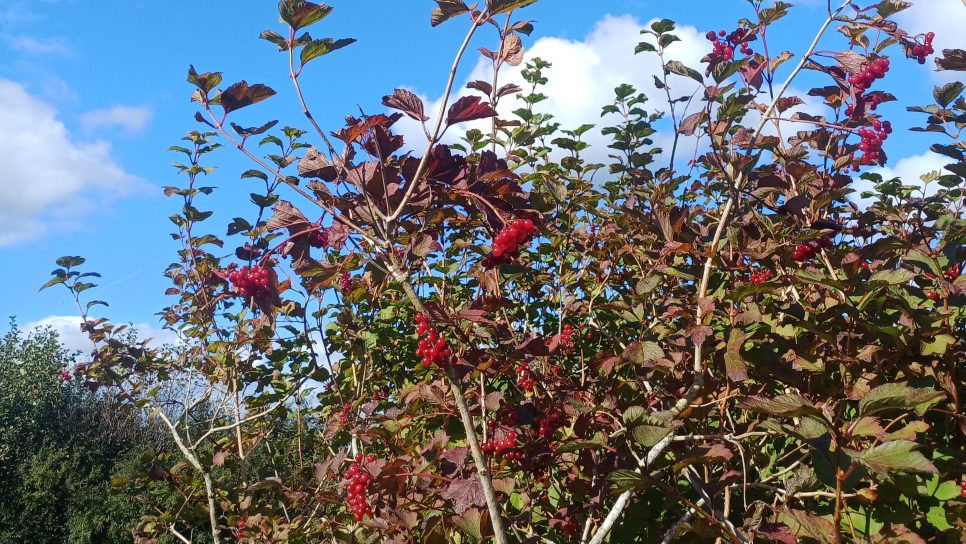Cetaceans on the solway
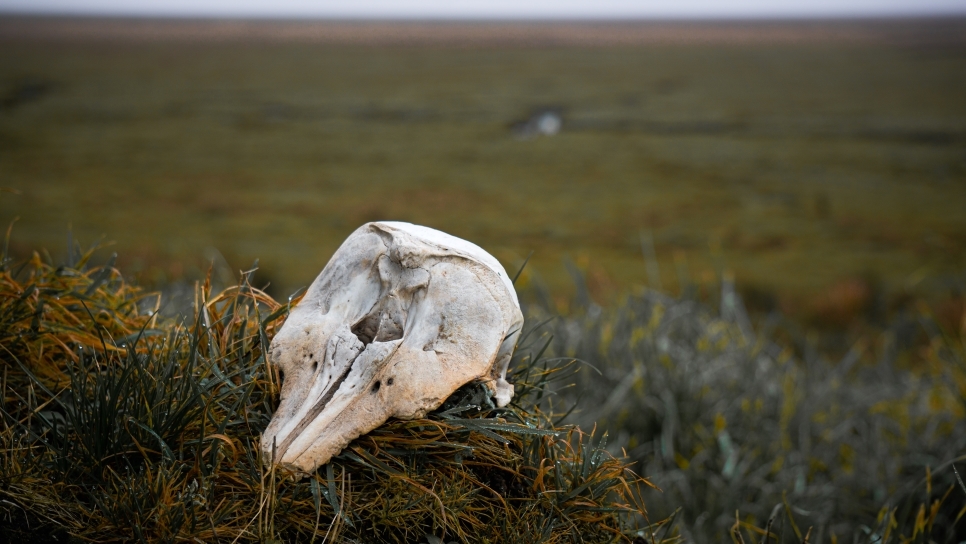
Walking around Caerlaverock, it is no surprise that saltmarshes support a huge range of life. This vibrant habitat bursts with a wide variety of animals outside the reaches of reserve borders. Beyond the merse and mudflats, beneath the waves you'll find a teeming community of underwater life including a variety of marine mammals like dolphins, whales and porpoises. Now this may come as surprise to many, as it’s easy to forget to look further than the coastline but October’s humpback whale stranding in Southerness is a reminder of marine mammal presence quite close to us at Caerlaverock.
Now I have to admit that when it comes to marine mammals, I might be a little biased. I really and truly adore harbour porpoises. These members of the toothed whale family typically only reach 1.7 meters in length, making them the smallest cetacean (whales, dolphins, and porpoises) in the UK. Their small size makes life challenging in the frigid water around Scotland and the rest of the UK. They have to constantly expend energy and calories just to stay warm. To compensate for the calorie haemorrhaging, a porpoise must feed nearly constantly and with absolute precision. Their echolocating buzzes can yield a whopping 550 fish in an hour with a success rate of over 90% (for context, a peregrine is only 14% successful), making them one of the fiercest predators found around the UK. With their sights set on food (or should I say their hearing!), the harbour porpoise does not display high levels of social behaviour and boat interaction like their dolphin cousins. Instead, they are commonly seen surfacing to breathe in small groups or solo, almost never fully breaching (jumping) from the water. This can make them hard to spot, and with such small dorsal fins, they become practically invisible in rough conditions.
Bottlenose dolphins and the smaller common dolphin are both coast loving species that can be seen in the Solway and around the UK. Characterised by tall, hooked-shaped fins, these dolphins are social and love to display acrobatic manoeuvres. The bottlenose dolphin is somewhat ubiquitous around the world, however, the individuals found here (especially in Scotland) are some of the largest. Unlike the harbour porpoise, bottlenose dolphins have a significantly larger mass, allowing them to cope with cold water without needing to constantly feed. The presence of the common dolphins is a sign of change. Historically found in warmer water, the common dolphins are becoming one of the most frequently spotted dolphins in the UK and staying through the winter in larger numbers rather than migrating. This is a sign the marine ecosystems are shifting and becoming warmer around local marine systems.
Having enough food to support these changing populations and voracious eaters will be critical for cetacean survival, and is where wetlands come into play. These three coastal cetaceans predominantly feed on schooling and bottom-dwelling fish like whiting, herring and flatfish which can be found in shallow coastal waters like the Solway Firth. Saltmarshes provide critical nursery habitat for a wide variety of fish species. The two traits that make salt marshes and coastal wetlands so attractive to fish are shelter and food. Intricate exposed root systems keep young fish hidden from predators like larger fish and the nutrient rich water is key for food production. In theory, the young fish in the Solway firth are using wetlands in the same way, however, we still know very little about the role saltmarshes play in supporting fish populations in the UK, much less the Solway Firth specifically. Further research in the Solway Firth may prove interesting as it is the home to multiple wetland reserves, providing ample, healthy habitat for the fish populations which could ultimately draw in cetaceans.
Reading for and writing this blog has been a welcome reminder of our collective knowledge limitations (especially in marine habitat). From understanding how fish use saltmarshes in the Solway Firth to uncovering cetacean distribution, there are so many layers to cetacean-wetland interaction. At the moment there are no Solway-specific programs or research on the above topics. However, organisations like the Hebridean Whale and Dolphin Trust and Sea Watch are trying to fill marine mammal distribution knowledge gaps by collecting data through citizen science. These projects rely on the participation of volunteers to submit sightings and without the participation of local residents or nature loving visitors, these incredible mammals will go widely unnoticed and potentially under-protected. I highly encourage you to participate in these citizen science projects and aid our collective understanding of these incredible animals and their habitat.
For more information on citizen science:
https://www.seawatchfoundation.org.uk/recording-and-submitting-sightings/
Words and feature image of porpoise skull by Jess Byers
